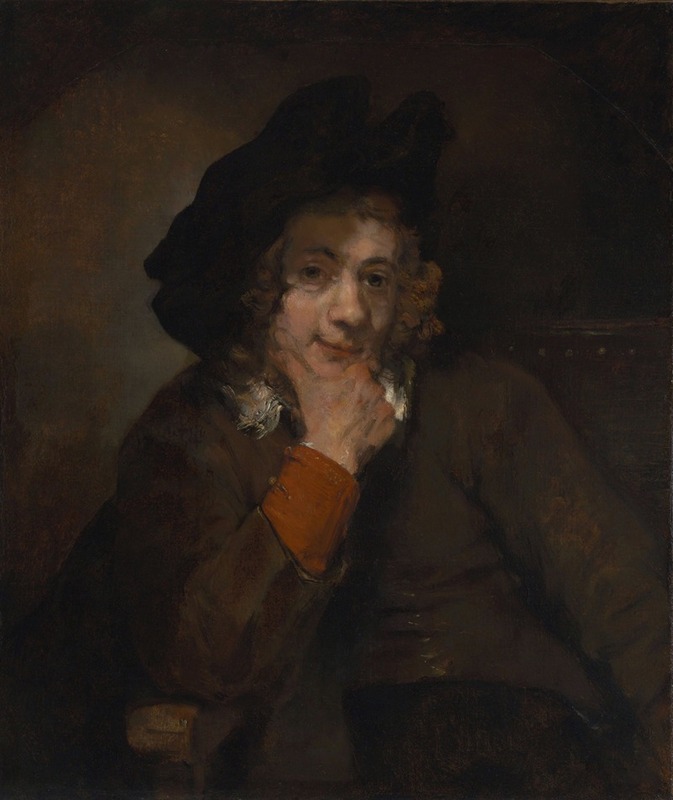
Titus, the Artist’s Son
A hand-painted replica of Rembrandt van Rijn’s masterpiece Titus, the Artist’s Son, meticulously crafted by professional artists to capture the true essence of the original. Each piece is created with museum-quality canvas and rare mineral pigments, carefully painted by experienced artists with delicate brushstrokes and rich, layered colors to perfectly recreate the texture of the original artwork. Unlike machine-printed reproductions, this hand-painted version brings the painting to life, infused with the artist’s emotions and skill in every stroke. Whether for personal collection or home decoration, it instantly elevates the artistic atmosphere of any space.
"Titus, the Artist’s Son" is a painting by the renowned Dutch artist Rembrandt van Rijn. Created in 1657, this portrait features Rembrandt's son, Titus van Rijn, who was born in 1641. The painting is a striking example of Rembrandt's skill in capturing the essence and character of his subjects through his masterful use of light and shadow, a technique known as chiaroscuro.
In this portrait, Titus is depicted at the age of sixteen, dressed in a brownish cloak with a white collar and a black hat. His expression is contemplative, and his gaze is directed slightly to the side, giving the impression of a moment of introspection. The background of the painting is dark, which serves to highlight Titus's face and upper body, drawing the viewer's attention to his thoughtful expression.
Rembrandt's use of light in this painting is particularly noteworthy. The light source appears to come from the left, illuminating Titus's face and casting gentle shadows that add depth and dimension to his features. This technique not only enhances the realism of the portrait but also conveys a sense of intimacy and immediacy, as if the viewer is sharing a quiet moment with the young Titus.
The painting is also significant for its emotional depth. Rembrandt had experienced considerable personal and financial difficulties by the time he painted this portrait. His wife, Saskia van Uylenburgh, had died in 1642, and he had faced bankruptcy in 1656. Despite these hardships, Rembrandt's affection for his son is evident in the tender and careful rendering of Titus's likeness.
"Titus, the Artist’s Son" is housed in the Rijksmuseum in Amsterdam, where it is part of the museum's extensive collection of works by Rembrandt. The painting is celebrated not only for its technical brilliance but also for its emotional resonance, offering a glimpse into the personal life of one of history's greatest artists.
Titus van Rijn himself had a relatively short life, passing away in 1668 at the age of 27. However, during his lifetime, he was a significant presence in Rembrandt's life and work. Titus was the only one of Rembrandt's children to survive into adulthood, and he played a crucial role in managing his father's affairs, especially during the difficult financial periods.
In summary, "Titus, the Artist’s Son" is a masterful portrait that exemplifies Rembrandt's unparalleled ability to capture the human spirit. Through his expert use of light, shadow, and composition, Rembrandt not only created a lifelike representation of his son but also conveyed a deep sense of personal connection and emotional depth. The painting remains a testament to Rembrandt's enduring legacy as one of the greatest portraitists in the history of art.






![Untitled [Alanna]](/imgs/219109/s/robert-henri-untitled-alanna-fe4ed77a.jpg)











